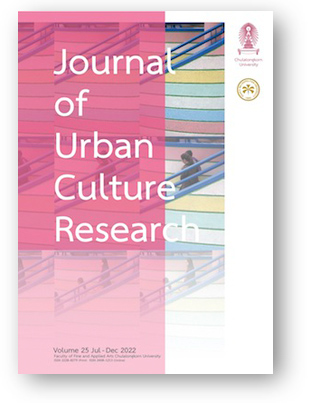Selected Piano Works by Klaus Pringsheim’s Students at the Tokyo University of the Arts: Analysis, Interpretation and Performance Techniques
DOI:
https://doi.org/10.14456/jucr.2022.26Keywords:
Musical Interpretation; Klaus Pringsheim; Prasidh Silapabanleng; Komei Abe; Piano PedagogyAbstract
This research article discusses selected piano works by Thai and Japanese composers who studied with Klaus Pringsheim (1883-1972) at the Tokyo University of the Arts in Japan around 1931-37. Pringsheim established the conventional Romantic musical language among his students. A few students, including Prasidh Silapabanleng and Komei Abe, also furthered the idea of integrating vernacular musical language in their compositions. Silapabanleng incorporated Thai traditional melodies in many compositions. Abe also interlaced a koto playing technique in his Piano Sonatina No.3 in C minor which required specific musical knowledge and interpretation in order to convey the performance perfectly. This article focuses mainly on harmonic analysis, interpretation and performance techniques of selected piano works to widen one’s repertoire for examination and recital.
Downloads
Published
Versions
- 2023-01-13 (2)
- 2022-12-20 (1)
How to Cite
Issue
Section
License

This work is licensed under a Creative Commons Attribution-NonCommercial-NoDerivatives 4.0 International License.
Authors authorize the JUCR to publish their materials both in print and online while retaining their full individual copyright. The copyright of JUCR volumes is retained by Chulalongkorn University.
The views and opinions expressed herein are those of the individual author(s) and do not necessarily reflect the policies or opinions of the Journal (JUCR), it editors and staff, Chulalongkorn University, or Osaka Metropolitan University.








